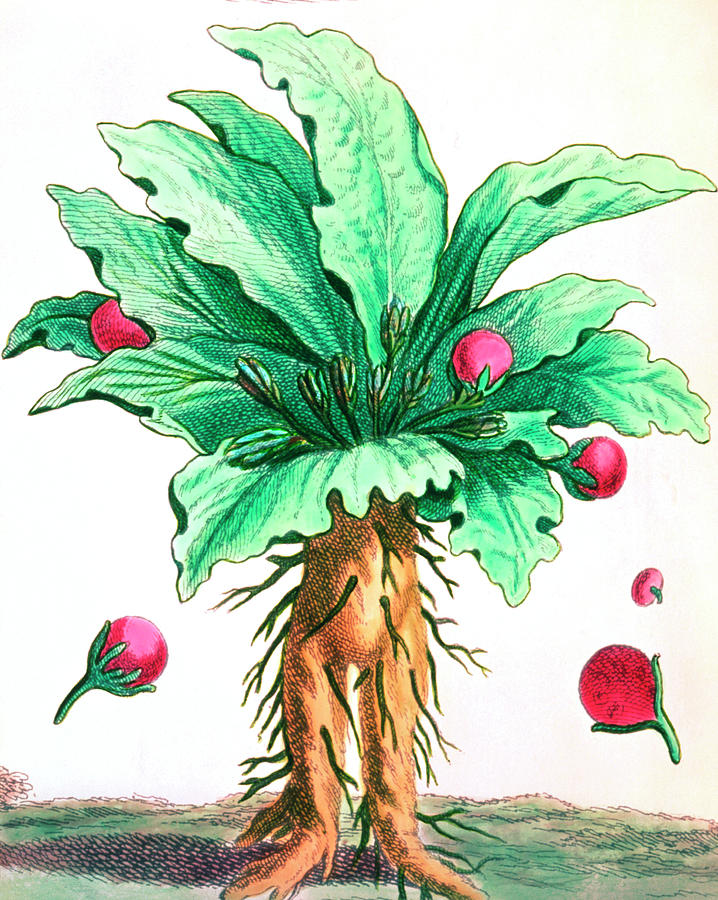

The mandragora, or mandrake, was used as a sedative and to induce pain relief for surgical procedures. “In all the medieval herbals the mandrakes were always drawn with heads, then the bodies would be the roots with the legs crossed.” The plant grows in arid areas around the Mediterranean and Middle East where it has been used as a hallucinogen, painkiller, aphrodisiac and fertility drug for thousands of years. … All parts of the plants contain tropane alkaloids and are considered poisonous. Mandrake, (genus Mandragora), genus of six species of hallucinogenic plants in the nightshade family (Solanaceae) native to the Mediterranean region and the Himalayas. When matured, its cry could be fatal to any person who heard it. Blurred vision, dry mouth, dizziness, abdominal pain, vomiting, and diarrhea are common initial symptoms.Ī Mandrake, also known as Mandragora, was a magical and sentient plant which had a root that looked like a human (like a baby when the plant is young, but maturing as the plant grows). These produce hallucinogenic effects as well as narcotic, emetic and purgative results. What happens if you eat a mandrake?Īll parts of mandrake plants contain the alkaloids hyoscamine and scopolamine. … What does Mandrake taste like?Ĭaptain John Smith of the Virginia Colony wrote of it as a “ pleasant wholesome fruit much like a lemond” (sic) in 1612 and seven years later Samuel Champlain, introduced to mandrake by the Hurons, said it tasted like a fig. Like any living thing, plants want to remain alive, and research shows that when certain plants are cut, they emit a noise that can be interpreted as a scream. We also gave the fragrance a sharp aromatic note to suggest its infamous, deadly shriek. What does Mandrake smell like?īecause mandrake actually smells of strong red apple, we gave the fragrance a red fruity heart but grounded it with birch leaf and birch root to suggest the roots of the flower dug into the soil. Also known as VP-16, this epipodophyllotoxin is used in SCLC and NSCLC, among many others. Which drug is made from Mandrake? Etoposide is a semisynthetic derivative of podophyllotoxin, a substance found naturally in the mandrake plant. It is also used to trigger vomiting, cause sleepiness (sedation), reduce pain, and increase interest in sexual activity. People take European mandrake root for treating stomach ulcers, colic, constipation, asthma, hay fever, convulsions, arthritis-like pain (rheumatism), and whooping cough. The root of the mandrake has very slight hallucinogenic qualities, and if it’s consumed in large quantities it can cause death or coma. Although a mandrake isn’t edible, it is sometimes used in folk medicine. Mandrakes can be poisonous if you eat them. 30:14-16) and its Biblical use is generally attributed to its supposed fertility power. … Mandrake is mentioned in the Bible (Gen. Mandrake (Mandragora officinaruim), nearly forgotten today, is one of the most famous plants known to humanity. … They are highly variable perennial herbaceous plants with long thick roots (often branched) and almost no stem. Mediterranean mandrakes are perennial herbaceous plants with ovate leaves arranged in a rosette, a thick upright root, often branched, and bell-shaped flowers followed by yellow or orange berries.

The ingredient Mandrake Root comes from the plant “Mandrake”, which is most common in the western part of Colovian Highlands, and more rarely in the Gold Coast Region. 1a : a Mediterranean herb (Mandragora officinarum) of the nightshade family with large ovate leaves, greenish-yellow or purple flowers, and a large usually forked root resembling a human in form and formerly credited with magical properties.


 0 kommentar(er)
0 kommentar(er)
